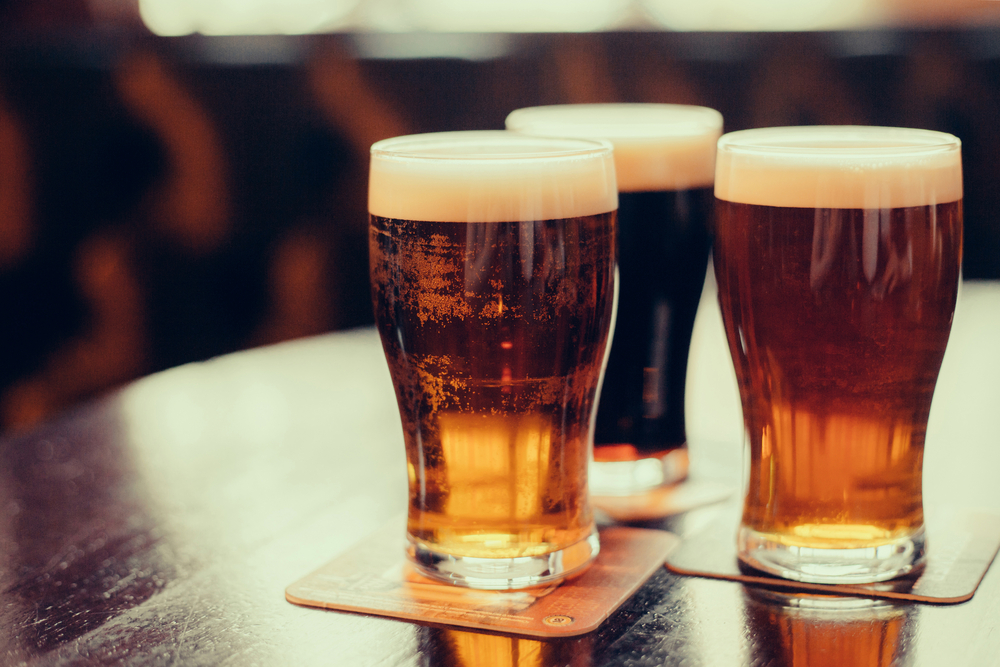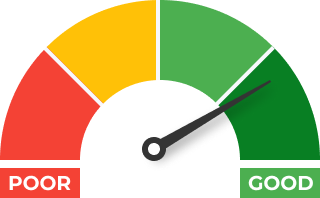We live in the digital age where every aspect of our daily lives can be controlled from the smartphones in our hands, and the key to success in business is innovation through technology. The bar and restaurant industry is no exception to influences of the changing times, and the “next new thing” involves automation and ease-of-use related to service.
Self-service drinks have slowly been introduced into the market and the popularity is growing at a surprising pace. The days of long lines to get a beer at the bar are over with the introduction of self-serve beer taps, but it remains unclear if this trend will completely replace the typical bartender in the coming years. Let’s take a closer look at just how these systems work and the outlook for the future looks.
The rise of craft beers
The craft beer market has exploded in the past few years, and the number of active breweries in the United States will officially exceed 6,000 by the end of 2018. This gigantic influx of beers to the market has increased the desire of patrons to explore new tastes. Craft beer has officially entered the realm of coffee, wine, cheese, and cigars as a true passion of taste. The innovation of self-serve beer taps allows patrons to explore a wide variety of new beers with ease.
How do self-serve beer taps work?
Self-serve beer taps primarily have been placed on walls and work by letting customers sample beer at will. Since bartenders or wait staff used to be the barrier between underage or overdrinking, the self-serve beer walls have incorporated technology to track and charge for the drinks of each customer.
RFID wristbands, cards or phone apps allow guests to connect to the network of beer. Establishments have brought in either wall of taps or table tap systems that bring 10, 20 or 30+ different beers to consumers from one tap. Most units offer a touchscreen that displays the options of beer available, details about each beer such as brewer, alcohol percent, bitterness rating, price per ounce, and tracks the number of ounces poured in real-time.
Taps that increase revenue
Aside from bringing more options and control to customer’s fingertips, self-pour tabs have shown to increase revenue by upwards of 40 percent compared to traditional bartenders.
Obviously, the novelty factor of being able to pour your own beer will draw people in, but the systems itself allows for restaurants and bars to maximize revenue by offering a much larger variety of beers, the ability to sample by the ounce, offer more premium-priced crafts and significantly decreases the number of freebies and product waste. Ultimately, the opportunity for increased revenue is appealing for bar and restaurant owners who want to weigh the cost of the initial investment to install such systems.
Controlling every ounce that leaves the tap
By giving customers more control over what they want and how much of it, owners are given real-time data from these systems each day, like the average pour size, cost per ounce, average ticket price, how many pours per ticket, and basic demographic information.
Also, this real-time data helps owners and managers make important decisions about their best sellers, underperformers and beers they want to feature or discount potentially. Perhaps the most desirable aspect of these systems is the fact that customers pay for each and every ounce that leaves the tap. Bartenders, no matter how good they are, cause beer waste from spillage and those unpaid ounces truly add up over the course of months and years.
Self-pour beer taps are gaining popularity and it is easy to see why. With so many advantages from hype to operation, the human bartender may be a thing of the past in the not-so-distant future. If you decide to hold off on embracing the future, you should evaluate your current bartending situation.
As mentioned above, unpaid ounces from spillage, spoilage, and even free beers given out by your bartenders cost you large amounts of money on a nightly basis.








 +1 (786) 292-2373
+1 (786) 292-2373 insights@glimpsecorp.com
insights@glimpsecorp.com





